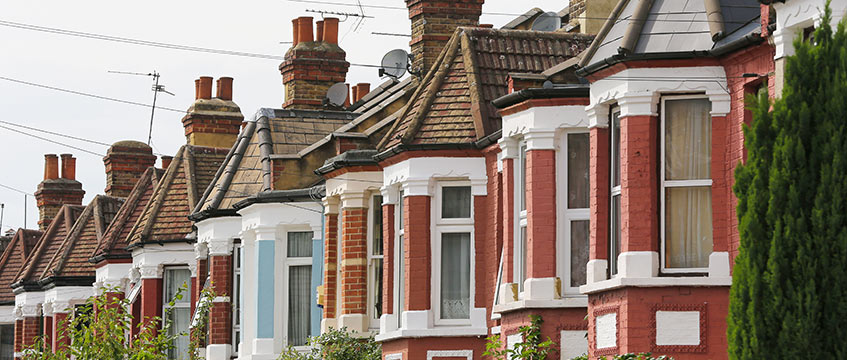The north-south divide in the UK housing market
There are currently 34 local authority areas across the country where gross yields on a two-bedroom property are below 4%, writes Richard Donnell, research and insight director at Zoopla.
These are predominately in high-value markets such as London and the South East which have seen strong price inflation.
House prices in these areas of the country are running ahead of rental growth, meaning that investors are unlikely to see a strong monthly return on their property.
There are currently 34 local authority areas across the country where gross yields on a two-bedroom property are below 4%, writes Richard Donnell, research and insight director at Zoopla.
These are predominately in high-value markets such as London and the South East which have seen strong price inflation.
House prices in these areas of the country are running ahead of rental growth, meaning that investors are unlikely to see a strong monthly return on their property.
The price of a two-bedroom property across these markets is typically close to £500,000, which means buyers will need more capital and larger deposits to obtain a buy-to-let mortgage compared with opportunities in more affordable areas of the country.
Conversely, 9% of the local authorities analysed are offering a gross yield on two-bedroom homes of more than 6.5%. The majority of these markets are in the north of England and Scotland, where the average price of a two-bedroom home sits at around £100,000. Investors need smaller deposits to purchase here and will pay less stamp duty, but the prospect for capital growth is less.
There are some anomalies, with Glasgow and Nottingham offering strong yields of 7.9% and 7.2% respectively, despite both cities seeing price growth of 4% or more in the past year.
However, we know that yields are not the only determining factor when analysing property investment opportunities.
Perfect timing
Those who are able to keep their money in property for longer, and are therefore not so reliant on a monthly return on their investment, should look to markets which will offer strong capital growth.
We know that the housing market unfolds at different speeds across the UK – what’s key is choosing the opportune moments to invest and pull out over a longer period of time.
The London housing market is coming to the end of what can be described as a three- to four-year repricing process, during which many areas have experienced small, single-digit price falls. This is not surprising given the speed of price growth between 2010 and 2016.
The year of peak sales activity in terms of actual recorded sales was 2014. Multiple tax changes and growing affordability pressures then reduced demand, evidenced by a 25% drop in sales between 2014 and 2018. Prices have been adjusting since 2016, which is more a result of market fundamentals than Brexit, which we see as a compounding factor.
Late last year we reached the peak in terms of the proportion of local London markets experiencing small annual house price falls. Since then the proportion of London markets registering declines has reduced, as the three-year repricing process approaches its end phase.
Sluggish market in the south
The current slowdown in southern England that has extended out from London is a result of weaker housing demand after a period of strong price rises.
Sales volumes are down by 10% since 2015 as buyers respond to the tax changes, new mortgage regulations and increased affordability pressures. However, we do not expect the extent of price falls to be as pronounced or prolonged as in London as prices overshot by a lesser amount in our view.
Cities across southern England are 18-24 months behind London. Price growth here is set to remain weak as affordability levels start to realign with what buyers are prepared to spend.
House prices and sales volumes continue to increase in northern cities. Prices in these cities have recorded modest gains over the course of the past decade and affordability remains attractive. As employment levels and incomes rise, households here have the confidence to bid up the cost of housing.
Photo: Dinendra Haria/Rex/Shutterstock











